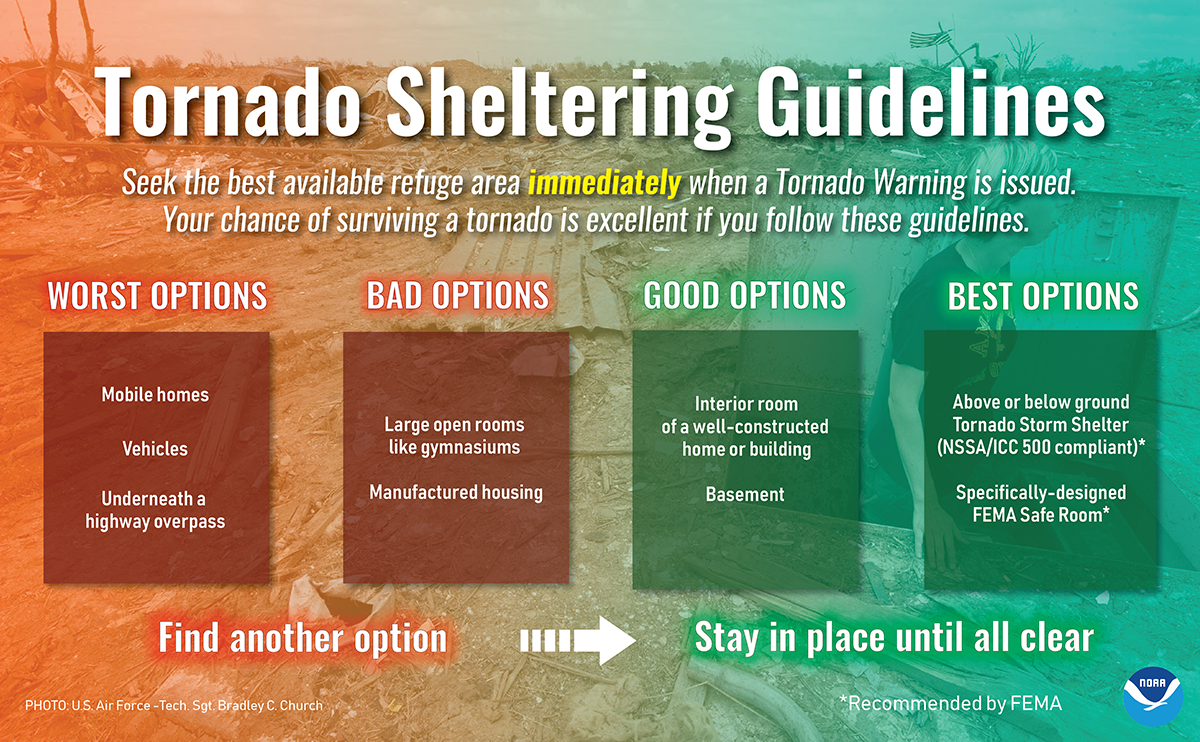Strong Winds And Severe Storms: Your Essential Preparedness Guide

Table of Contents
Assessing Your Risk & Creating a Family Plan
Before a storm hits, understanding your vulnerability is crucial. Effective severe weather preparedness begins with assessing your risk. Utilize online resources like the National Weather Service website to check your location's historical weather patterns and identify potential hazards. Knowing if your area is prone to tornadoes, hurricanes, flooding, or high winds allows for targeted preparation.
Developing a comprehensive family communication plan is equally vital. This plan should include:
- Research your area's historical weather patterns: Understand the types of severe weather your region experiences.
- Identify safe rooms within your home: Designate a room with minimal windows and sturdy construction as a shelter.
- Establish a communication system: Choose a primary method (text messages are often reliable during outages) and a backup (e.g., a family communication app).
- Designate an out-of-state contact person: This person serves as a central point for family members to check in, especially if separated during an emergency.
- Practice your emergency plan regularly: Familiarize your family with the plan, including escape routes and meeting points. Regular drills enhance preparedness and reduce anxiety during a real emergency. Conduct practice drills at least twice a year to ensure everyone knows what to do.
Building Your Emergency Supply Kit
A well-stocked emergency supply kit is the cornerstone of effective severe storm preparedness. Aim for at least 72 hours’ worth of supplies, adjusting quantities based on family size and specific needs. Organize your kit into categories for easy access:
- Water: One gallon per person per day.
- Non-perishable food items: Choose easy-to-prepare options like canned goods, energy bars, and dried fruits.
- First-aid kit: Include essential medications, bandages, antiseptic wipes, and pain relievers.
- Flashlight and extra batteries: Opt for a high-lumen flashlight and plenty of batteries. Consider a hand-crank or solar-powered flashlight as a backup.
- Radio (battery-powered or hand-crank): Stay informed about weather updates and emergency broadcasts.
- Important documents: Keep copies of insurance policies, identification cards, and medical records in a waterproof bag.
- Cash: ATMs may be inaccessible after a storm.
- Whistle: Signal for help if needed.
- Blankets: Stay warm if power is lost.
Securing Your Home Before the Storm
Proactive home security is a crucial aspect of storm preparedness checklist. Before a storm hits, take steps to protect your property:
- Trim trees and shrubs: Remove any branches that could fall on your home during high winds.
- Reinforce windows: Use storm shutters or apply tape in an "X" pattern to help prevent shattering.
- Secure loose objects: Bring in any outdoor furniture, garbage cans, and decorations that could become projectiles.
- Bring in any outdoor decorations: Remove anything that could be blown away and cause damage.
- Clear gutters and downspouts: Prevent water damage by ensuring that water can flow freely.
- Park vehicles in a safe location: Move your car away from trees and potential flood zones.
Staying Safe During and After the Storm
During a severe storm, prioritize safety. Stay indoors in your designated safe room, away from windows. Remain aware of potential hazards:
- Stay indoors during the storm: Avoid going outside until the storm has completely passed.
- Avoid downed power lines: Assume all downed power lines are live and extremely dangerous.
- Be aware of flooding risks: Never drive or walk through floodwaters.
- Monitor weather reports: Stay updated on the storm's progress through official sources.
- Check on neighbors, especially the elderly: Offer assistance to those who may need help.
- Follow post-storm safety guidelines: Be cautious of debris and damaged infrastructure.
Conclusion
Effective severe storm preparedness is a multifaceted process that involves assessing your risk, building an emergency kit, securing your home, and knowing how to stay safe during and after a severe weather event. By taking proactive steps and creating a comprehensive plan, you significantly reduce the potential risks and enhance the safety of your family and home. Don't wait until the next severe storm hits – start your severe storm preparedness plan today! Download our free checklist (link here) for a complete guide to protecting your family and implementing a comprehensive emergency storm preparedness and severe weather preparedness strategy.

Featured Posts
-
 Kaellmanin Nousu Kenttaesuoritus Ja Kehitys Huuhkajissa
May 21, 2025
Kaellmanin Nousu Kenttaesuoritus Ja Kehitys Huuhkajissa
May 21, 2025 -
 Abc News Shows Future In Jeopardy After Layoffs
May 21, 2025
Abc News Shows Future In Jeopardy After Layoffs
May 21, 2025 -
 Catch Vapors Of Morphine Northcote Show Next Month
May 21, 2025
Catch Vapors Of Morphine Northcote Show Next Month
May 21, 2025 -
 Peppa Pigs Mom Reveals New Babys Gender A Universal Response
May 21, 2025
Peppa Pigs Mom Reveals New Babys Gender A Universal Response
May 21, 2025 -
 I Los Antzeles Endiaferetai Gia Ton Giakoymaki
May 21, 2025
I Los Antzeles Endiaferetai Gia Ton Giakoymaki
May 21, 2025
